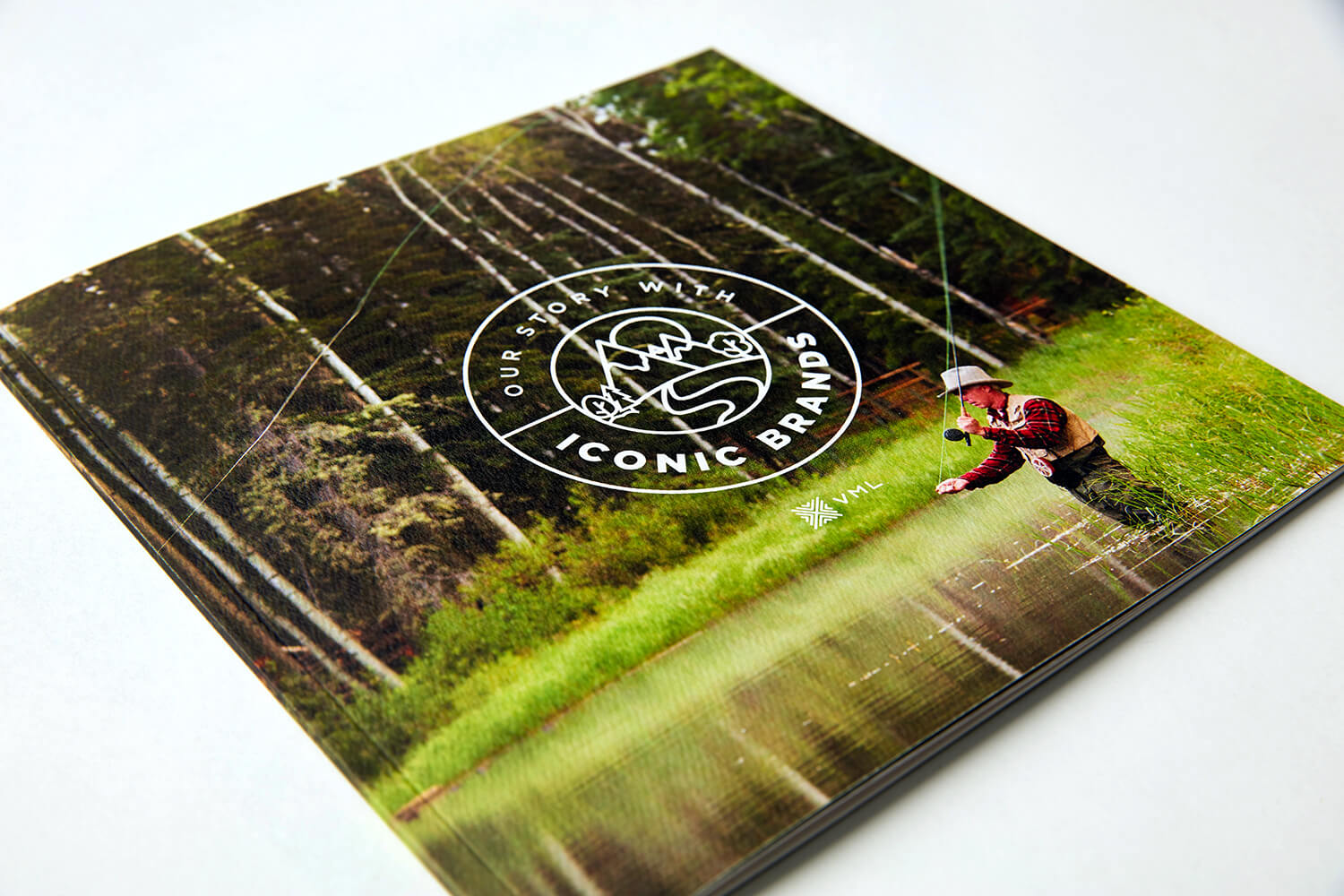Throughout the printing process you may hear the term “coat” or “coating” referenced as a method to protect printed pieces from fingerprints or scratches during handling. Whether you choose offset printing or digital printing for your print project, coating is an important part of the discussion. There are several methods for coating the entire printed sheet in an effort to create more durability, however, the best coating really depends on the use-case of your print project. The most popular coating methods are aqueous coating, UV coating, and Spot Coating.
The Most Popular Types of Coating:
- Aqueous Coating
- UV Coating
- Spot Coating
A combination of coating methods or limiting coating to certain areas of the press sheet, sometimes referred to as spot coating, can also be achieved. Different coatings have advantages and disadvantages which are important to understand before you begin.
What is Aqueous Coating?
Aqueous coating is a water-based, environmentally friendly coating that dries quickly when applied to printed materials. This coating is clear, but also has the capability to create a satin, soft-touch or glossy finish. Aqueous coating is known as a flood finish, meaning it covers the entire paper instead of being applied to specified areas.
The Different Types of Aqueous Coating:
-
- Gloss Finish
- Matte Finish
- Satin Finish
- Soft Touch Finish
When a coating is applied to a specific area of the sheet, it is known as “Spot Coating”. Spot coating is not available in an aqueous coating, unless it is combined with a spot varnish. Adding spot varnish during the printing process can highlight specific areas by allowing the areas to maintain a matte finish. The spot varnish is then covered entirely by the aqueous coating. The matte aqueous coating will contrast the glossy spot varnish coating found in specified areas on the printed paper. Water based coating is more environmentally friendly and cost effective when compared to UV coatings, therefore aqueous coating is fairly popular.
Aqueous coating is often the preferred method of coating protection for products that fold such as brochures, multi-page restaurant menus, food packaging, etc. This is because compared to UV coatings, aqueous coatings are more flexible. Ultraviolet (UV) coatings dry hard, so when the printed material is folded or creased it is more likely crack. Compared to a varnish, aqueous coatings offer more protection of scuffs and scratches.
The Upside of Aqueous Coating:
-
- Typically more cost effective compared to other coatings because the water based solvent is a less expensive raw material compared to the UV solvent.
- Water based, aqueous coating is non-toxic, meaning the coating is more suitable for food related packaging or products handled frequently such as menus.
- Highly effective and durable to ensure your printed product maintains quality in the desired environment.
What is UV (Ultraviolet) Coating?
UV coating is a chemically based coating that is applied to the entire sheet during the printing process. The chemical makeup of UV coating is often comprised of polyethylene or calcium carbonate, compared to the water-based solution utilized in aqueous coating. UV coating is dried instantaneously by ultraviolet light during the print process. Similarly to aqueous coating, UV coatings can also produce a matte or high gloss finish. Typically, UV coatings are considered a glossy coating because of the added shine finish.
UV coating creates a very durable paper or synthetic product. The durability of UV coating is not as flexible as aqueous coated products, however it provides long term protection. Depending on the printed product, UV coated could be an effective way to protect the quality of the product from every day handling.
UV coating is water resistant, however it is not waterproof.
The Upside of UV Coating:
-
- UV coating provides a durable, long lasting finish.
- Ultraviolet Coating provides a smooth surface and glossy sheen.
What is Spot UV Coating?
Spot coating is a method of applying UV coating to specific areas of the printed piece which adds shine in order to make the designated area stand out. Unlike aqueous coatings, spot coating can only be applied through the ultraviolet coating process. By highlighting specific areas such as a logo with spot UV coating, it will produce a high gloss finish for the logo that is in contrast to the rest of the finish.

Why should I use a coated finish when printing?
A coated finish provides more protection for printed items such as restaurant menus, packaging, or business cards which are all subject to consumer handling. The primary function of coating is to seal the paper from deteriorating when exposed to moisture or wear and tear. Coatings can protect ink from being smudged or smeared during the drying process. Choosing the right coating will enhance the lifetime of your printed products, saving you money in the long run.
Get in touch
Commercial Print
Restaurant Print
Menu Software
Trabon Group
420 E. Bannister Rd.
Kansas City, MO 64131
